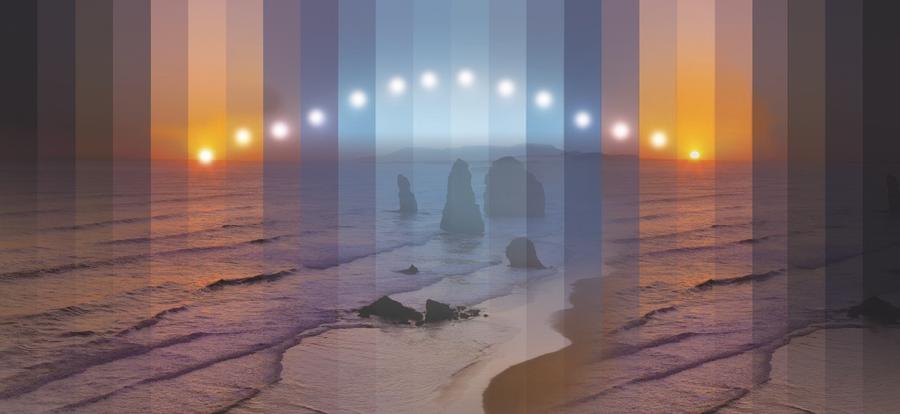
You’ve probably heard the term ‘human-centric’ being thrown around frivolously on multiple occasions throughout the recent months. That’s because it is starting to carry an important connotation to it as innovators begin to understand the importance of creating technology, and thus infrastructure, that is responsive to humans and in fact, built around our needs.
But the more the term is being used, the more confusing it becomes. So here is a dive into what human-centric lighting means and why it’s important to implement this type of lighting, and this type of technology into the future cities we are currently building.
Human-centric lighting essentially means that it has been built to cater around us, instead of the other way around. For example, dark buildings that have few windows but are laced with ceiling fluorescent lighting require their inhabitants to adapt to the lighting this building has had built inside it, with no regard to the type of light inhabitants need from light throughout the day. Another example is the constant settings on most of our lighting is at a fixed on and off, or dim lighting that simply fluctuates between the brightest and dimmest setting.
But as humans our needs from light intake are much more complex than simple light versus dark. We need various types of light throughout the day for a multitude of reasons. In the first hours after we wake up, we need high intensity blue light to stimulate our circadian rhythm and get us the energy we need to start the day, begin metabolising our food and feel energised. During the afternoon too, we need a boost of this same type of light in order to get us out of the afternoon energy dip. In the evenings however our bodies need more than dim lights, they need warm colours in order to stop the stimulation of our circadian rhythms and begin preparing for sleep.
Yet currently there’s very little inside our human-made infrastructure that responds to the fluctuating needs of our bodies. And it is precisely here that human-centric lighting comes into play. Lighting that is built around our personal rhythms and our constantly changing needs is what the premise of human-centric lighting is all about.
Another simple way to think of human-centric lighting is to simply look to nature. Imagine if you were outside all day without entering any buildings or closed infrastructure at all. You would most likely be woken up by the morning sun and be accompanied by its strong rays until noon. At this point you might find shade to rest in. Then you will be out in the open again in the strong afternoon light. Finally the warm red and orange hues during sunset will lead you into the darkness of night. In theory, the pattern of light and colour throughout this cycle is what our bodies rely on to maintain energy; to sleep well; to get our metabolism working, and our brains sharp.
Human-centric lighting, and technology more broadly, should become the status quo when it comes to creating the things that surround and aid us. We know have the insight and most certainly the technology. Now we just need to have the will to implement this and begin seeing the positive results this will have on our society.